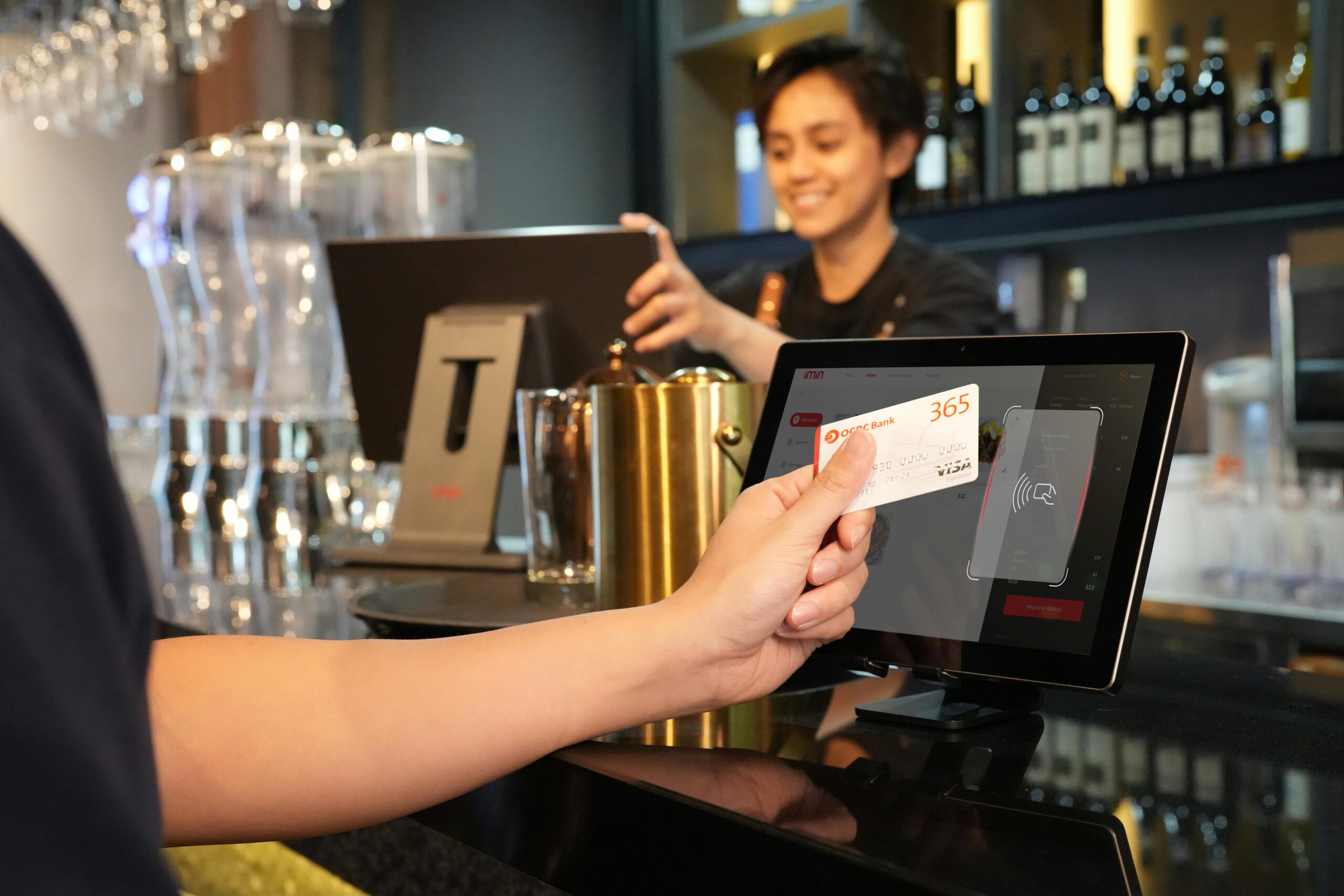Physical Address
304 North Cardinal St.
Dorchester Center, MA 02124
Physical Address
304 North Cardinal St.
Dorchester Center, MA 02124

POS Systems Evolutionis the beating heart of any retail or hospitality business. From humble beginnings as simple cash registers to the sophisticated cloud-based and AI-powered systems we see today, POS technology has undergone a significant transformation. This evolution mirrors not only the advancement in hardware and software but also the growing expectations of consumers and business owners in the digital age. This article takes a deep dive into the evolution of POS systems, highlighting the major milestones, key innovations, and the current trends shaping the future of POS technology.
The story of the POS system begins in the late 19th century with the invention of the mechanical cash register by James Ritty in 1879. Originally called “Ritty’s Incorruptible Cashier,” the machine was designed to prevent employee theft in his bar. These early machines were manually operated and had no way to store data electronically. However, they laid the foundation for transactional accountability in businesses.
In 1906, Charles Kettering introduced the first electric cash register, marking the first major evolution. Over time, companies like National Cash Register (NCR) became pioneers in the development and distribution of these devices.
The 1970s saw a monumental shift with the introduction of Electronic Cash Registers (ECRs). These systems incorporated microprocessors, making them more efficient and capable of handling a greater volume of transactions. By the 1980s, POS systems had become more software-driven, allowing businesses to process sales, track inventory, and generate reports from a single device.
This era also saw the emergence of barcode scanners, magnetic stripe readers, and customer databases. These innovations allowed retailers to increase speed and accuracy, leading to improved customer service and better business decisions.
The 1990s marked the era of computer-based POS systems. These systems were typically PC-based and used customized software for specific industries, such as restaurants, grocery stores, and clothing retailers. The graphical user interfaces (GUI) and touchscreen technology made systems more intuitive and user-friendly.
During this period, POS systems became central hubs for business operations. Integration with back-office functions like inventory management, employee scheduling, and customer relationship management (CRM) became standard features. Businesses were no longer just recording sales—they were analyzing trends and making data-driven decisions.
The 2010s introduced cloud-based POS systems, fundamentally altering how businesses operated. These systems offered unprecedented flexibility, allowing store owners to access their business data from any device, anywhere in the world. Cloud POS systems reduced the need for expensive hardware and infrastructure, enabling small businesses to adopt the same powerful tools previously available only to large enterprises.
One of the most popular examples of this era is Square, which turned tablets and smartphones into portable POS systems. Mobile POS (mPOS) solutions brought POS technology out of the cash wrap and into the sales floor, food trucks, pop-up shops, and service businesses. The combination of mobility, affordability, and ease of use empowered a new generation of entrepreneurs.
As consumer behavior shifted towards online shopping, POS systems had to adapt. Modern POS platforms now offer seamless integration with e-commerce platforms such as Shopify, WooCommerce, and BigCommerce. This integration allows businesses to unify inventory, customer data, and sales channels, creating a consistent customer experience across physical and digital storefronts.
Omnichannel POS solutions also support features like click-and-collect, online returns in-store, and loyalty programs that operate across channels. The POS system evolved from a simple transaction processor to a comprehensive customer engagement tool.
Today’s POS systems leverage artificial intelligence (AI), machine learning, and advanced analytics to provide deeper insights and automation. For example, AI-powered POS systems can forecast sales, recommend stock replenishments, and detect fraudulent activities in real time.
Additionally, automation features like self-checkout kiosks, contactless payments, and facial recognition are becoming increasingly common. These innovations not only enhance customer experience but also help businesses manage labor shortages and streamline operations.
Voice-enabled POS, personalized customer service suggestions, and automated marketing campaigns based on purchase history are further examples of how smart POS systems are transforming the retail and hospitality landscapes.
With the rise of digital transactions comes increased responsibility for data security. Modern POS systems must comply with strict regulations like the Payment Card Industry Data Security Standard (PCI DSS) and General Data Protection Regulation (GDPR). Encryption, tokenization, and two-factor authentication are now standard features to protect sensitive customer and business data.
The future of POS technology is expected to be even more integrated, intelligent, and customer-centric. Innovations on the horizon include blockchain-based transactions, biometric authentication, and even more seamless integration with artificial intelligence and the Internet of Things (IoT).
Retailers and service providers will increasingly rely on POS systems not just to complete sales, but to enhance customer engagement, predict trends, and optimize every facet of their operations. As technology continues to evolve, POS systems will remain at the center of the customer-business interaction.
From mechanical cash registers to AI-powered cloud systems, the evolution of POS technology reflects broader changes in consumer behavior, technological innovation, and business strategy. Today’s POS systems are more than just points of sale—they are command centers for the modern business. As new technologies emerge, the role of the POS will only expand, becoming even more integral to business success in the digital age.